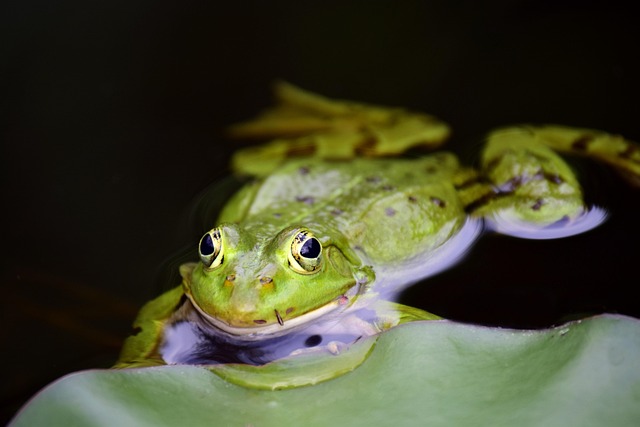
Exploring the World of Terrestrial Amphibians
Exploring the World of Terrestrial Amphibians
As we wander through the lush landscapes of our planet, we are often captivated by the incredible diversity of life that surrounds us. Among the myriad of creatures, terrestrial amphibians represent a unique and fascinating group that showcases the marvels of evolution and adaptation. These remarkable animals not only contribute to the ecosystem but also serve as indicators of environmental health, making them invaluable to our understanding of nature.
The Unique Traits of Terrestrial Amphibians
Unlike their aquatic relatives, terrestrial amphibians have evolved to thrive on land while still maintaining a close connection to moisture. This adaptation allows them to inhabit diverse environments, from rainforests to arid deserts. Think of the enchanting axolotl in its unique habitat or the resilient African bullfrog, both showcasing the remarkable adaptations that have enabled them to conquer terrestrial life.
The most striking feature of terrestrial amphibians is their permeable skin, which serves multiple purposes. It’s not only essential for respiration but also plays a crucial role in hydration. This necessity for moisture often brings these creatures to the edges of ponds, streams, and other moisture-laden areas, where they can absorb the water they need to survive.
Ecological Importance
Terrestrial amphibians occupy a pivotal role in ecosystems. They act as both predators and prey within food chains, helping to regulate insect populations while providing nourishment for larger animals. Their diet consists mainly of invertebrates, and some species also consume small vertebrates. This capacity to consume vast amounts of insects makes them essential for natural pest control, reducing the need for chemical interventions in agriculture.
Furthermore, amphibians are considered bioindicators,” a term that refers to their sensitivity to environmental changes. A decline in amphibian populations often signals shifts in ecosystem balance, alerting scientists to potential problems like habitat destruction and pollution. The health of terrestrial amphibians provides us with crucial information about the state of our environment.
Challenges Facing Terrestrial Amphibians
Despite their resilience and adaptability, terrestrial amphibians face numerous threats. Habitat destruction due to urbanization and agriculture has significantly reduced their living spaces. Climate change remains a formidable challenge, affecting their environments and the availability of moisture they desperately need. Furthermore, diseases such as chytridiomycosis have ravaged populations worldwide, leading to alarming extinction rates.
Conservation efforts are more critical than ever, with scientists and activists working tirelessly to protect these fascinating creatures. By supporting wildlife conservation initiatives and advocating for sustainable practices, we can help ensure that future generations will continue to marvel at the extraordinary world of terrestrial amphibians.
Connecting with Nature
Engaging with the natural world can deepen our appreciation for terrestrial amphibians and their role in the ecosystem. Birdwatching, hiking in national parks, or simply spending time in local green spaces can help us foster a connection with wildlife. Observing a tree frog resting on a leaf or witnessing the courtship dance of a newt can ignite our curiosity and inspire us to protect these enchanting creatures.
In exploring the intricate web of life that terrestrial amphibians represent, we recognize the importance of each species and their contribution to the harmony of nature. As they navigate the delicate balance of their ecosystems, we, too, are reminded of our responsibility to protect and cherish the biodiversity that enriches our planet.



